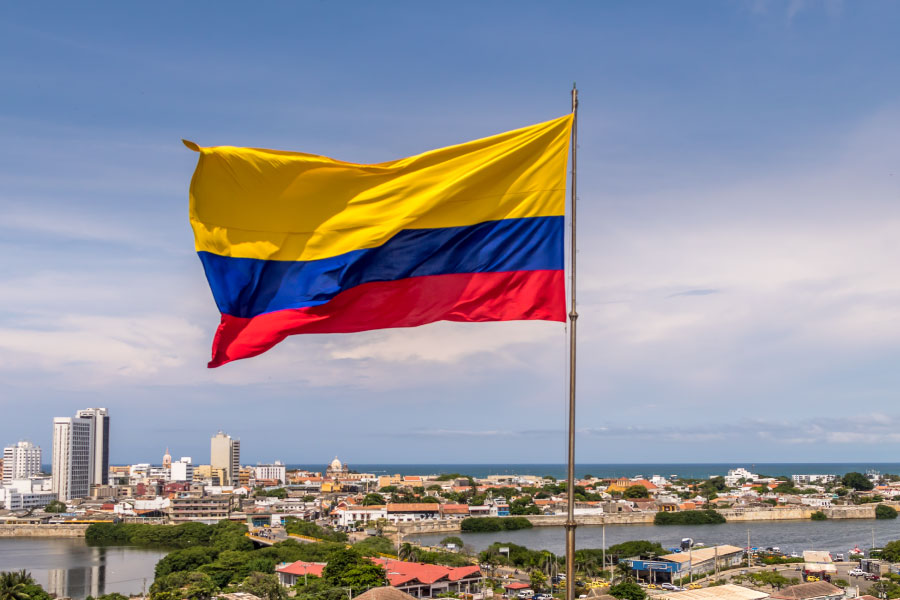
The Impact of Tourism in Countries with Water Crisis

Hello, my friend
Thank you for reading our article and we invite you to visit our blog. Knowing more about the role that water plays in our planet is necessary.
The water crisis in tourist countries
Tourism, for many countries, is an important source of income that helps with the growth of their economy, but this economic activity in some tourist countries with water crisis, has significant consequences. This interaction between the tourism industry and water availability is complex and deserves careful monitoring to ensure environmental and economic sustainability.
The purpose of this article is to tell you about the impacts of tourism in countries with water crisis, we will show you which are the most affected countries and discuss possible solutions to mitigate this problem.
Which countries live off tourism and also have a water crisis?
Among the most prominent countries are:
Spain: Mediterranean countries such as Spain face recurrent droughts and a high dependence on tourism, especially in regions such as Andalusia, the Balearic Islands and the Canary Islands, which are both water-scarce regions and popular tourist destinations.
South Africa: In 2018, Cape Town suffered a water crisis of major magnitude, where it affected tourism.
India: Tourist regions such as Rajasthan and parts of southern India face significant water scarcity challenges. It is a region that is torn between the need to generate revenue and local needs such as water.
Peru: Tourism at Machu Picchu has raised concerns about its impact on local water resources. Peruvian authorities are working to implement sustainable measures to manage water use in the area.
Mexico: Tourist destinations such as Los Cabos and Cancun in Mexico have had to address sustainable water management due to tourism demand in these drought-prone areas.
Morocco: This tourist country, located in North Africa, is also facing a serious water crisis, which has jeopardized the development of tourism in some regions.
What impacts does tourism have on the water crisis?
1. Additional water demand: Tourism generates additional demand for water, as tourists typically consume more water than local residents. Tourist sites such as hotels, restaurants, golf courses, and other facilities often experience a significant increase in water demand.
This additional demand can deplete already limited water resources, especially in arid and semi-arid areas.
2. Water pollution: Tourism can also pollute water sources due to sewage and waste generated that is not properly treated. For example, dumping of chemicals and pesticides on golf courses are some polluting practices.
3. Competition for limited resources: In countries with a water crisis, tourism as an economic activity has to compete with other sectors that use water, such as agriculture and the supply of drinking water for local populations. This competition can intensify tensions and conflicts over the equitable distribution of water resources.
4. Erosion of aquatic ecosystems: Such “innovation” as the construction of tourism infrastructure, such as hotels and roads in unsuitable locations, can alter local aquatic ecosystems, affecting water availability and quality.
YOU MAY BE INTERESTED IN: Drytoilet, an alternative to save water

What solutions are available to prevent tourism from affecting countries with water crisis?
1. Education and awareness: Tourists can be informed about the importance of conserving water and how they can do so during their trip.
2. Water saving strategies: Hotels and other tourism stakeholders should implement practices such as the use of low-flow toilets, installation of low-flow showerheads, and irrigation with recycled water to reduce water consumption.
3. Technological innovation: Another solution is to invest in building new water treatment plants and in rainwater capture and storage systems. This should be accompanied by real-time monitoring of water resources.
In conclusion, tourism has a positive impact on a country's economy, but it can also increase the water crisis if it is not managed responsibly. Water crises and tourism can live in the same place, and for that a more sustainable and respectful tourism with natural resources must be promoted. So collaboration between the tourism sector, local governments and communities is essential to effectively address these challenges and ensure a balance between economic development and environmental conservation.




